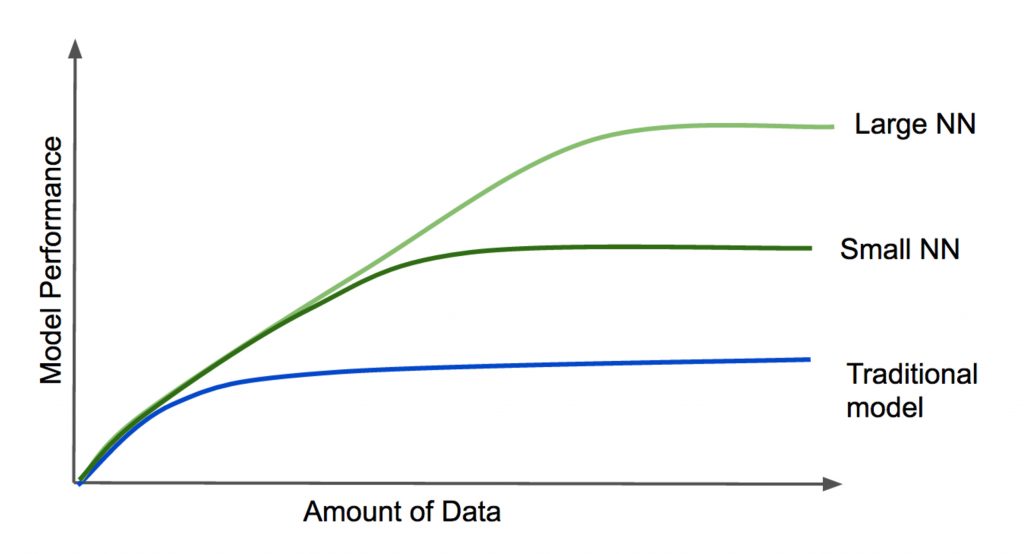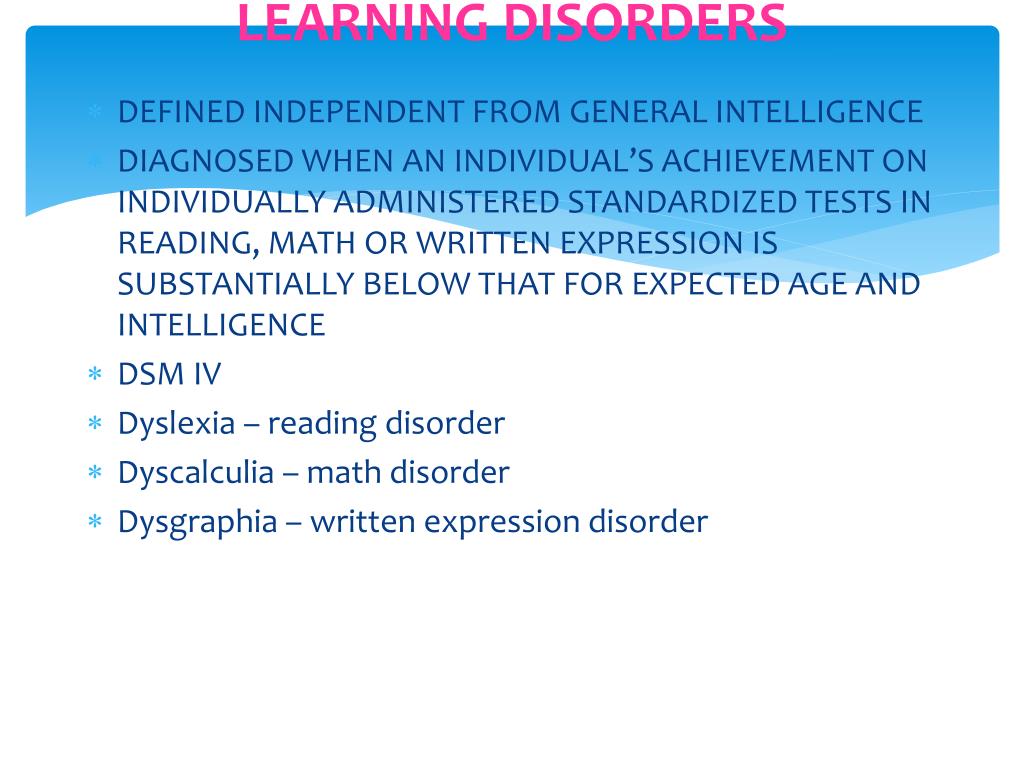
Time: the cadence or meter that determines the motion, which can be slow, medium, or fast.Space: the locations occupied by the body for example, low, middle, and high levels or negative and positive space.Choreographer: person who creates the dance.Chant: singing or speaking that repeats itself.

All styles of dance communicate using the basic elements of time, space, and shape.

Design: the arrangement of musical parts the form of the music.Articulation: how individual notes are attacked.Music is organized sound created to communicate an idea, feeling, or process. Theatre: the imitation or representation of life, performed for other people the performance of dramatic literature.Setting: the time and place in which the dramatic action occurs.Script: the written dialogue, description, and directions provided by the playwright.Plot: the structure of the action of a play.Elements of drama: plot, character, theme, dialogue, music, and spectacle, according to Aristotle.Dialogue: words spoken by the characters in a play to communicate their thoughts, feelings, and actions.Conflict: when the desires of two or more characters are opposed to each other.Audience: one or more persons who observe actors in a scene or play.


Acting: the process of creating roles and characters in dramatic context.All forms of theatre, however, include three essential elements: an actor, a story with a conflict, and an audience. What we call theatre can take many forms - everything from a Shakespearean drama staged before an audience of thousands to a group improvisation in an elementary school classroom.


 0 kommentar(er)
0 kommentar(er)
